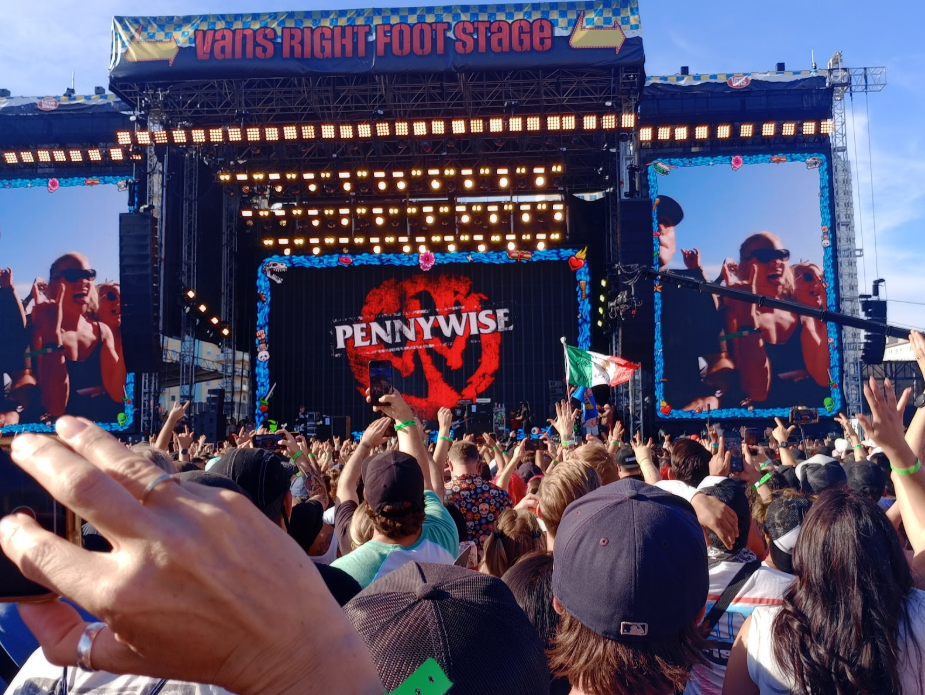On January 27th, 2011, at a press conference in Japan, Sony announced a portable console, the “Next Generation Portable.” It became known as the “PS Vita”. It blew the minds of the portable console industry. It had promised an OLED screen, dual sticks, 3-G wifi, support from AAA companies, and other features. Compared to other portable consoles at the time, this was revolutionary; it was unheard of. So, how did something so promising fall so short?
The Insane Price
When PS Vita was first released, it came out with a whopping retail price of $249.99 for the standard version and $299.99 for the 3-G/Wifi version. On top of that, they decided to take a different approach with their memory cards. To prevent jailbreaking and hacking from happening, they made a memory card specifically for the PS Vita, which caused a mountain of issues. They charged an arm and a leg for such a low amount of storage. A 4 GB memory card was retailed for $19.99, and a 32 GB memory card was $99.99 on release. These prices still continue to skyrocket today. This left people leaning towards cheaper alternatives; for example, a cousin of mine said, “I loved what they did with the PS Vita, and I was about to drop my whole savings on it when it released, but after seeing how much everything cost, especially the memory cards, it killed it for me.” That’s where they faced their next issue: rival portable consoles.
Their Opponents
It was just overall lousy timing that led others to look at other companies for options. Nintendo was a big contender for them. Around the same year that PS Vita was released, Nintendo began to have price drops for portable consoles such as the 3DS and the DSi. According to WIRED, the DSi retailed at around $100, the DSi XL at around $130, and the 3DS at around $170. With those prices, it was impossible not to see which console was more viable. The PS Vita just couldn’t compete with other portable consoles.
Hardly Even Known
The PS Vita was by far the least advertised console that Sony has ever released. According to the New York Times, Sony spent around $50 million on a marketing campaign for the console. This was far lower than the amount they spent on marketing the PlayStation 3 and PlayStation 4. The marketing campaign for the PS3 was around $150 million, and the PS4 was around $100 million. People hardly even knew about the product, and even if they did, the information given to them was vague.
Broken Promises
After the harsh release, AAA companies began to question if it was even worth the effort to work on PS Vita games and ports. A lot of these companies promised to support the console entirely. Ken Levine, the creator of the Bioshock series, even promised a Bioshock game. However, with the PS Vita’s state, the game didn’t become anything more than a concept. Few companies actually supported the console, and most of them just ported one of their own games onto it.
It was such a promising portable console at the time. It surpassed that age’s portable console technology and explored paths no one else took. The execution and timing led to the PS Vita’s downfall.









